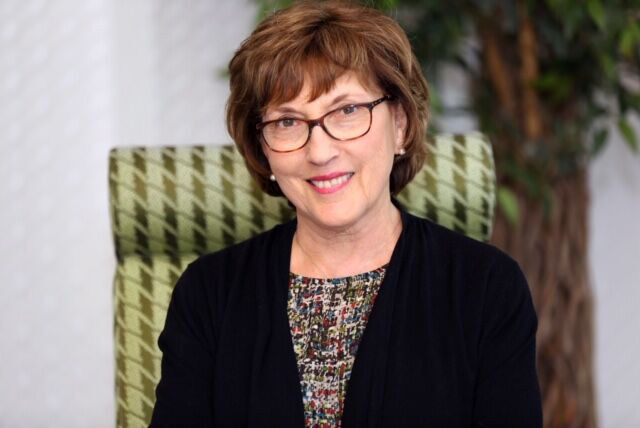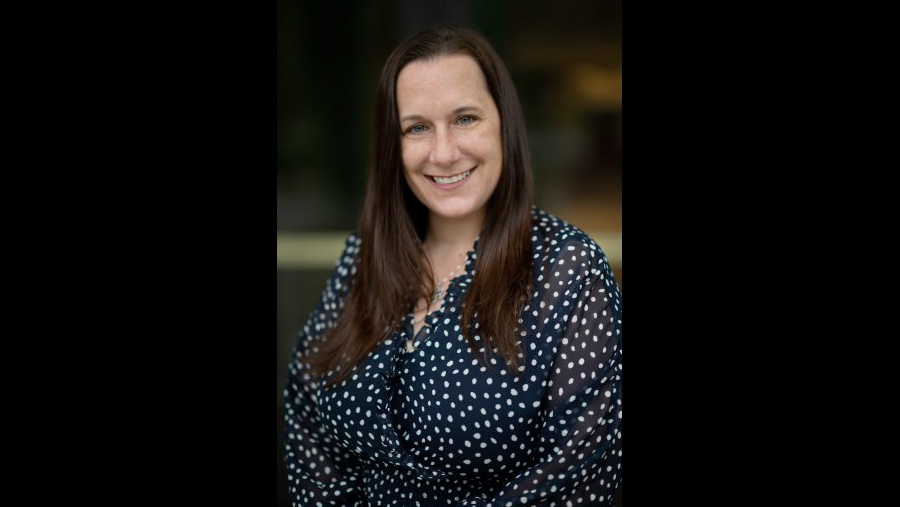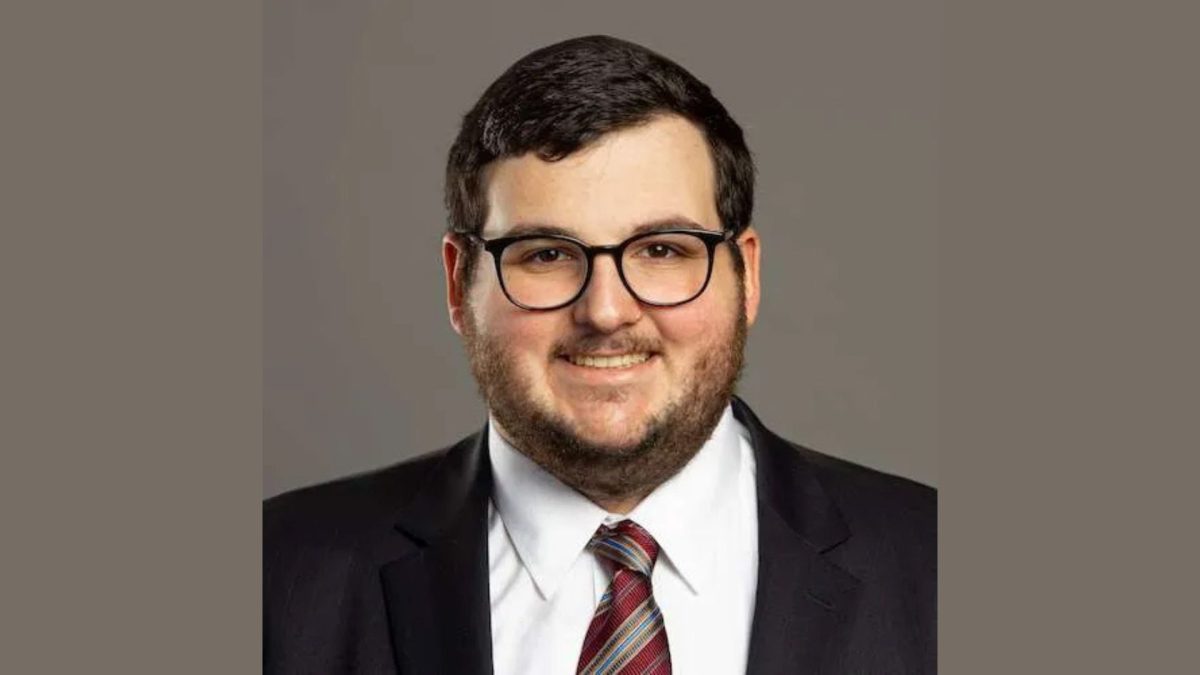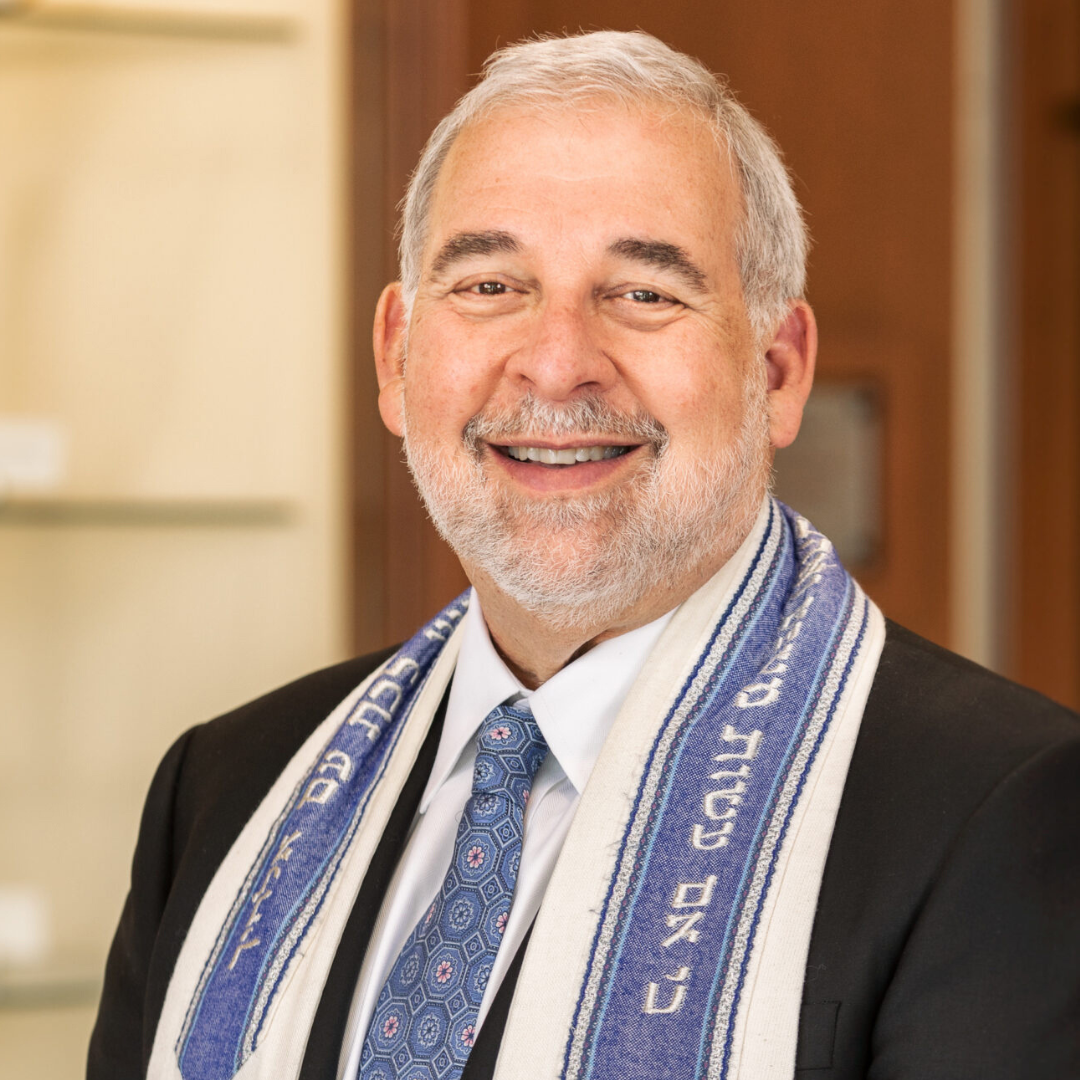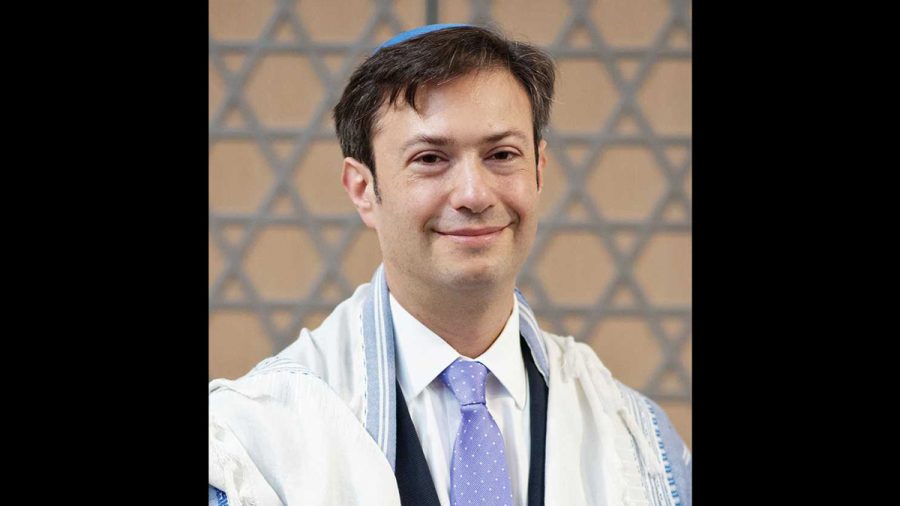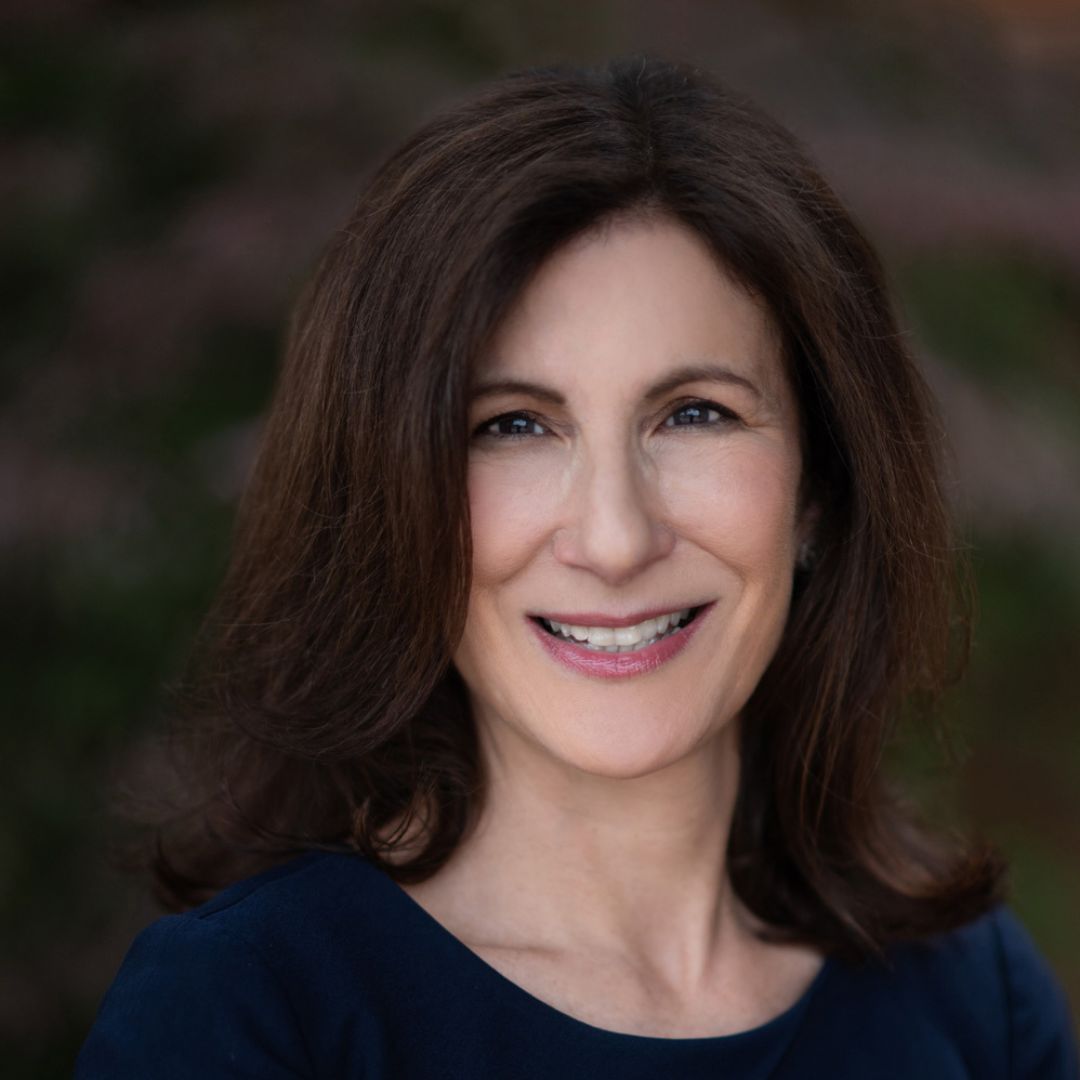For an estimated 13 centuries, sacrificial offerings were the way of Jewish worship. The protocols for such practices are recorded in the third book of Torah, Leviticus, or Vayikra in Hebrew.
The rabbis often referred to books of Torah with names reflecting their themes. Thus, Genesis was called Book of Creation. Exodus was thought to be its sequel and referred to as Sefer Sheni, Second Book. I have referred to Exodus as the Book of Departure, as the Ivrim (Hebrews) of Egypt departed to become known collectively as B’nai Yisrael, the children of Israel.
I often refer to Leviticus as the Torah of Obligation. Tzav, the second portion, begins with God telling Moses: command (Tzav) Aaron and his sons about their responsibility as guardians and gatekeepers for the sacred boundaries of the sanctuary, the people and the camp. After this imperative, Moses inaugurates and sanctifies the Kohanim (priests) in a seven-day rite of passage.
ADVERTISEMENT
The rabbinic mind understood that the sacrificial practices were not designed for the care and feeding of God. The Korban, Hebrew for sacrifice, means to draw near. Rather than a penalty for bad behavior, the sacrificial system worked, in fact, toward individual and community growth and development bringing them closer to God.
In last week’s portion, Moses instructs the people about what, when and where to bring their sacrifices. Explicitly stated is that the person who brings the offering must do all the work in preparing it. The Kohein acted as a coach whose participation was limited to very specific actions. The ancient Israelites brought their stuff — their burnt offerings, prepared grain, narrow escapes, big and little missteps, individual and communal brokenness, and their guilt — to the designated place to restore some aspect of their relationship with the Divine.
The sacrificial system, archaic as it seems to us, is an intervention, a call to consciousness and conscientiousness; a Divine invitation to sanctify our actions by doing the right thing for the right reasons at the right time in the right way. That invitation is timeless.
ADVERTISEMENT
We bear little resemblance to those wandering Jews in Torah other than a recognition that we have our stuff, too. Unlike our predecessors who were offered an antiquated solution to restore their equilibrium, Judaism was challenged to create a new template to replace what was destroyed. The Alter Rebbe, Schneur Zalman of Liadi, teaches that we offer up ourselves by sacrificing what he calls the nefesh behemit — the animal in us. Within each person rests an altar, a sacred space that when purified draws Godliness into our existence. He taught that when people feel a need to feel closer to what is good and high and holy, they voluntarily bring something important and undefiled; something they themselves have dismembered, like the Olah, in order to be relieved of its weight that we might rise to our full potential in our quest to heal a broken world.
Rabbi Levi Meir, author of “Ancient Secrets,” offers a helpful reframing to align with modern sensibilities:
“When you, each of you, Israel is not satisfied with where you are in your life and as a result, you fall or fail and thus estrange yourself from the Source of all Comfort, you bring the Olah, the highest form of sacrifice, the one that rises, showing your need to come closer to your God.
“The Meal offering, called Mincha, your Gift to God, is brought when you are grateful for the many blessings in our life. It can be offered as both gratitude and thanksgiving when you experience sunshine after a dark period, health after illness, hope after despair, or when you feel liberated from the narrowness of your own existence.
“Chatat is your sin offering, when you have missed the mark, slandered, or failed in your self accounting, bring your intention to right yourselves, so that you can aim more surely. Asham is the guilt offering. When you have done what you could to make amends and there is still no resolution to your suffering, to the burden of your guilt, purify your intentions and speak with sincerity within the sanctuary of your own heart and offer it up — recycle it in the mystery of time and space.
“The Peace offering is called Shelamim — becoming whole. When you feel that you are disconnected, out of sync invest in what will restore you to the fullness of your being.”
One of the many names for God is Makor HaBracha, Source of Blessing. May we in these troubled times feel that connection and may we be blessed in all that we do, feel, think and ponder, and in all that we are. Shabbat Shalom
Rabbi Dale Schreiber is the emeritus senior rabbi of Barnes-Jewish Hospital and has contributed as a health care advocate, educator and hospice provider for 25 years. She is currently semiretired.




